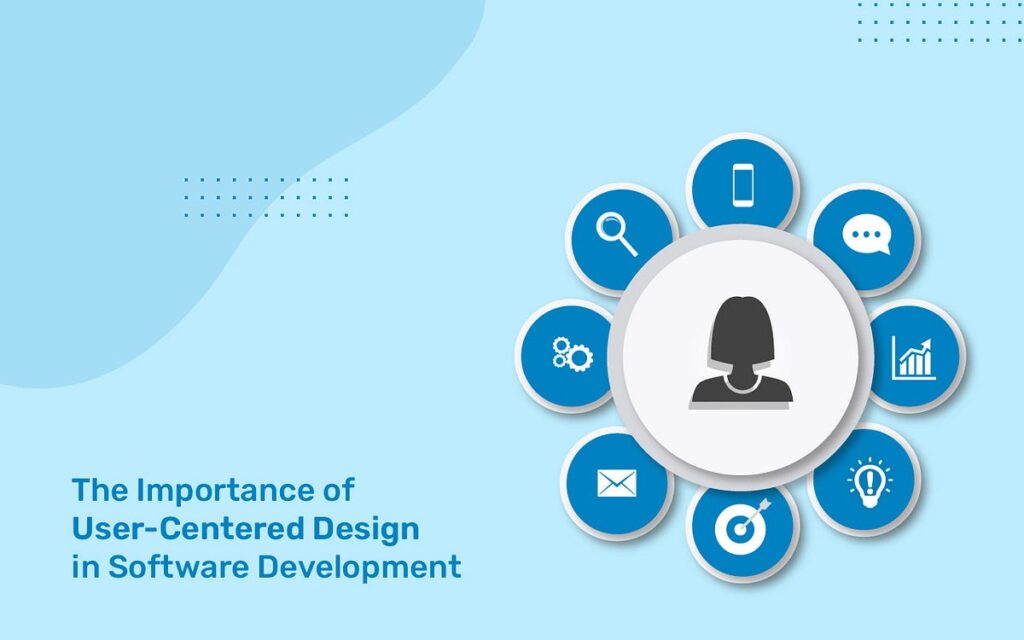User-centered design (UCD) is a crucial approach in software development that focuses on the needs, preferences, and limitations of the end-users. By prioritizing user experience (UX), businesses can create software that is not only functional but also enjoyable to use.
Key Benefits of User-Centered Design:
- Enhanced User Satisfaction: By designing software that meets user needs, you ensure higher satisfaction levels.
- Increased Usability: UCD leads to intuitive interfaces, reducing the learning curve and increasing productivity.
- Higher Engagement: Engaging, user-friendly software keeps users coming back, increasing retention rates.
- Reduced Costs: Addressing usability issues early in the design process can save significant costs associated with post-launch fixes.
Steps in User-Centered Design:
- Research: Understand your users through surveys, interviews, and usability testing.
- Design: Create prototypes and wireframes that focus on user needs.
- Test: Conduct usability testing to gather feedback and make improvements.
- Iterate: Refine the design based on user feedback to ensure the best possible experience.
By integrating UCD into your software development process, you can create products that delight users and achieve business objectives.

